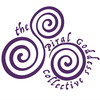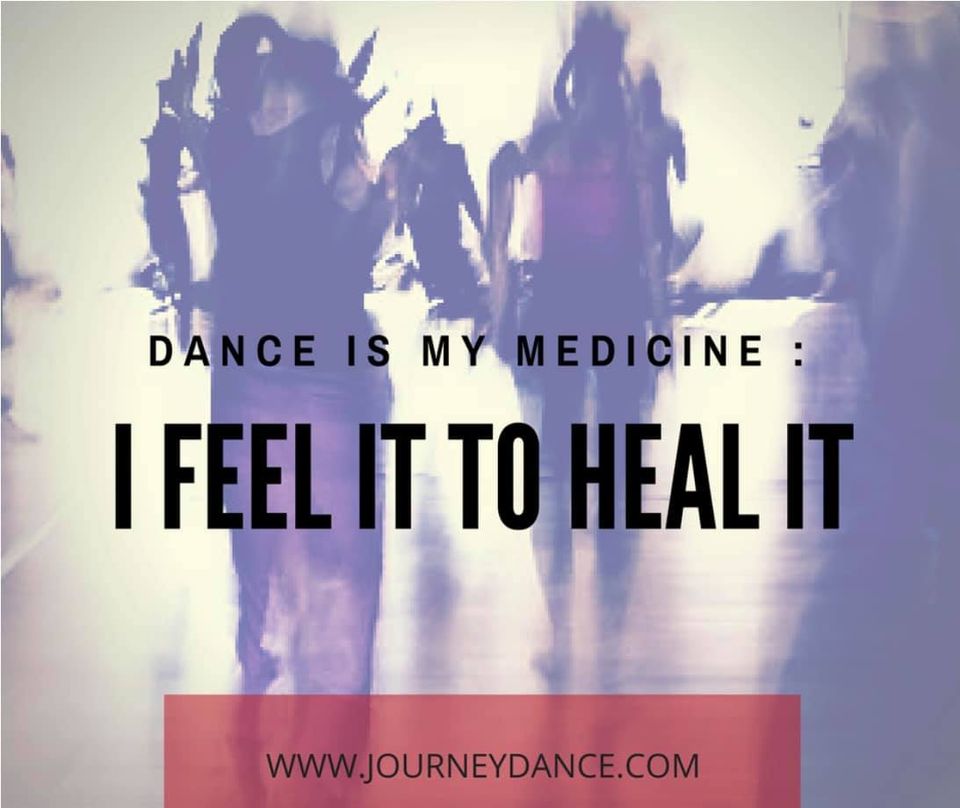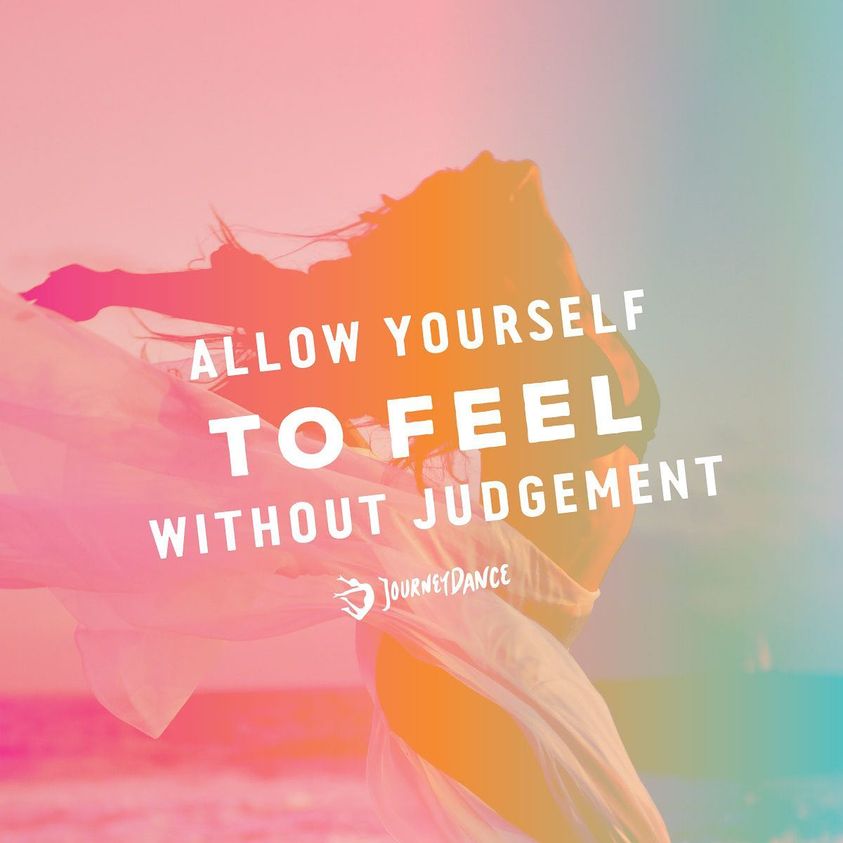|
The Salt Eaters, a 1980 novel by Toni Cade Bambara, opens with a healer, Minnie Ransom, saying to her patient, Velma Henry: “‘are you sure, sweetheart, that you want to be well?’” Velma, an activist, mother, and wife, has attempted suicide and she is having trouble holding onto herself, let alone the stool she is perched upon. Later, Minnie continues, “‘cause wholeness is no trifling matter. A lot of weight when you’re well.’” Staying well is a challenge even in the best of times and circumstance. Being well requires work, patience, self-compassion, and resources. The struggle is real. As Susan Raffo argues, “healing is dangerous work. Healing is about going into the struggle.”
The struggle to be well is neither a straight line nor a quick fix; in fact, as Leah Lakshmi Piepzna-Samarasinha, argues in her book, Care Work: Dreaming Disability Justice: “the idea that survivorhood is a thing to ‘fix’ or ‘cure,’ to get over, and that the cure is not only possible and easy but the only desirable option, is as common as breath.” We want to believe in cures because this is an idea that our culture feeds us, and our healthcare system supports the idea that a pill or a procedure can cure whatever ills us. In Who Is Wellness For? Fariha Roísín argues that “In the worlds of health and wellness, there’s an inconsistent belief that if you try hard enough at something, eventually you will see results.” Just lose a little bit of weight. Just eat organic whole foods. Just exercise three times a week. Just take this prescription. This isn’t bad advice, and wouldn’t it be nice if being well was just this easy? But what if, as Susan Raffo argues, being healed or cured is not what we should be seeking, but instead, what if “struggling better is the goal”? Many of us avoid struggle as often as we can. If we are struggling, our culture tells us, then there is something wrong with us. But the idea that we can avoid struggle, just like the idea that we can find a cure or heal completely from our trauma, is a myth. As Piepzna-Samarasinha reminds us, the idea that we can be fixed or cured is “a concept that has deep roots in ableist ideas that when there’s something wrong, there’s either cured or broken and nothing in between.” But there are a lot of spaces and possibilities between broken and healed—in these spaces there is room to move, to shift, to transform. As Roísín writes, “Healing is an everyday practice that requires personal resolve and diligence [and] relies on reworking, reweaving, and reimagining what it looks like to feel safe and at ease with oneself.” We have to think differently, but we can’t just think our way out of trauma. We have to engage our bodies as well as our minds. In fact, when we engage the body/mind, the results are far more powerful. We pursue all kinds of ways of finding ease, often deferring, deflecting, dismissing, detouring, avoiding, ignoring, replacing. Sometimes these coping strategies are just what we have to do to get through our day, our week, our life, and that’s okay. It is hard work to venture toward wellness and the path is circuitous and often hazardous. As Melissa Febos writes in her book, Girlhood, “It is slow, and there is no shortcut. . . It is sometimes painful and often tedious. . . . it requires consistent tending. We must choose it over and over.” And we cannot choose heling or wellness all alone: “A lasting, conscientious change in the self is similar to one in society.” We need to do the inner work and the outer connection. This is where JourneyDance comes in. In JourneyDance, we move our bodies in ways that help us heal emotional wounds. We loosen up trauma that has become wedded to our bones and tissues, embedded in our mind/body/spirit matrix. More than one participant has told me that JourneyDance has helped them make deeper and quicker progress toward healing than they were able to find in talk therapy and other attempts at healing that do not address the mind/body connection. This, too, is my experience with JourneyDance. We often say: “you have to feel it to heal it,” and the mind often wants to control the process and intellectualize it. But when we dance, we can’t help but feel what we feel and what we find sometimes surprises us. Melissa Febos writes a lot about the body and about her journey to overcome addiction and to work toward wholeness. She writes, “When I think about healing in the abstract, I imagine a closing-up, or a lifting-up. In my fantasies, healing comes like a plane to pull me out of the water. Real healing is the opposite of that. It is an opening, a dropping down into the lost parts of yourself to reclaim them.” We can’t rely on external factors to drag us out of our mire; in JourneyDance, we drop into the deepest parts of ourselves and claw our way back into the world to struggle another day. And another day. And another. And we become more powerful and more empowered. Before I found this healing modality, my introvert tendencies convinced me that I could work toward healing and wellness mostly by myself. Reaching out to other people was (and is) a huge part of my process, but reverting back into my shell often feels like the easy way out. JourneyDance provides a sacred space where we can be alone and together; we can work on our own stuff, but we can also hold the space for other people. I created The Spiral Goddess, a Center for Mind/Body Movement, to be more than just a space to do yoga and dance and move our bodies in the pursuit of health and wellness. It is a space for healing and processes that take a commitment to our own mind/body/spirit as well as to that of the collective. When we change ourselves, we change the world. This cannot be overstated. As Minnie reminds us in The Salt Eaters, “‘got to give it all up, the pain, the hurt, the anger and make room for lovely things to rush in and fill you full’” (16). There’s nothing wrong if we “‘want to stomp around a little more in the mud puddle . . . like a little kid . . .Nothing wrong with that’” (16). We’re all just stomping around in the mud, and there’s nothing wrong with that. But when we can harness our play toward healing, rather than toward distraction or avoidance, the possibilities abound. JourneyDance lets us play, experiment, explore, push and pull, open and close, mimic and create. Each time we return to this practice, we find new things about ourselves and new possibilities for our lives. We don’t have to ask, or be asked, if we want to be well because we are already moving toward—not a destination, but a weigh station—and our hearts, minds, bodies, and spirit are carving a journey where we can enjoy what we find along the way.
0 Comments
1/11/2023 0 Comments Feel It to Heal It“According to ancient Asian philosophy, life is not a straight line but a spiral. Every life lesson that has ever been presented to me (which means everything I have ever been through) will come back again, in some form, until I learn it. And the stakes each time will be higher. Whatever I’ve learned will bear greater fruit. Whatever I’ve failed to learn will bear harsher consequences.”
--Marianne Williamson "Are you sure, sweetheart, that you want to be well? . . . 'cause wholeness is no trifling matter. A lot of weight when you're well." --Toni Cade Bambara, The Salt Eaters Healing and transformation are closely related. We might argue that we cannot have one without the other. And we might argue that in order to transform our society and culture we first need to heal--our bodies, minds, and environment. In her book, Transforming Ethnic and Race-Based Traumatic Stress with Yoga: Rest, Reflect, Renew, Gail Parker describes the difference between healing and transformation in her note to the reader: "Healing is a term we use when we discuss illness or injury. Racial stress and trauma are emotional injuries that, left unhealed, become chronic and can lead to negative health outcomes. . . . Transformation, on the other hand, suggests change--in this case, positive change that leads to growth. To that end, transformation can be a change agent and can also be the result of healing. . . . What is true is that healing the wounds of racial distress along with individual personal and collective transformation are essential to a better quality of life for us all. Yoga is a science, a philosophy, a practice, and an art that can both effect healing and lead to positive transformation." While Parker focuses on racial stress and trauma, her words apply to all kinds of stress and trauma--individual and collective, complex and intergenerational. Further, In his groundbreaking book, My Grandmother's Hands: Racialized trauma and the Pathway to Mending Our Hearts and Bodies, Resmaa Menakem argues that we are all impacted by "white-body supremacy" which is "in the air we breathe, the water we drink, and the culture we share"; it is "an equivalent of a toxic chemical we ingest on a daily basis. Eventually, it changes our brains and the chemistry of our bodies." Those who practice and teach conscious dance, trauma-informed yoga, and embodied practices often say things like "the issues are in our tissues" and "we need to feel it to heal it." As Melissa Febos argues in her book, Body Work: The Radical Power of Personal Narrative, All forms of trauma--from intergenerational or historical traumas to those of illness, mental and physical abuse, and the many wrought by war—share the quality of disempowerment." In other words, we cannot begin to heal, let alone transform until we are willing to do the hard work of healing and until we recover some sense of agency. The work we do--the practices we do--at The Spiral Goddess Collective, a Center for Mind/Body Movement, aim to bring us back into our bodies, to help us become more empowered, to feel, and to heal and, ultimately, to transform ourselves, our community, and our world. |
CategoriesAll Academia American Fitness Art Business Care Work Careworkers Creativity Cultural Politics Fitness Guest Blogs Language Meditation Mind/body Self Care Self-care Social Justice Space Transformation Trauma Women And Fitness Yoga Archives
June 2024
|
|
|



 RSS Feed
RSS Feed